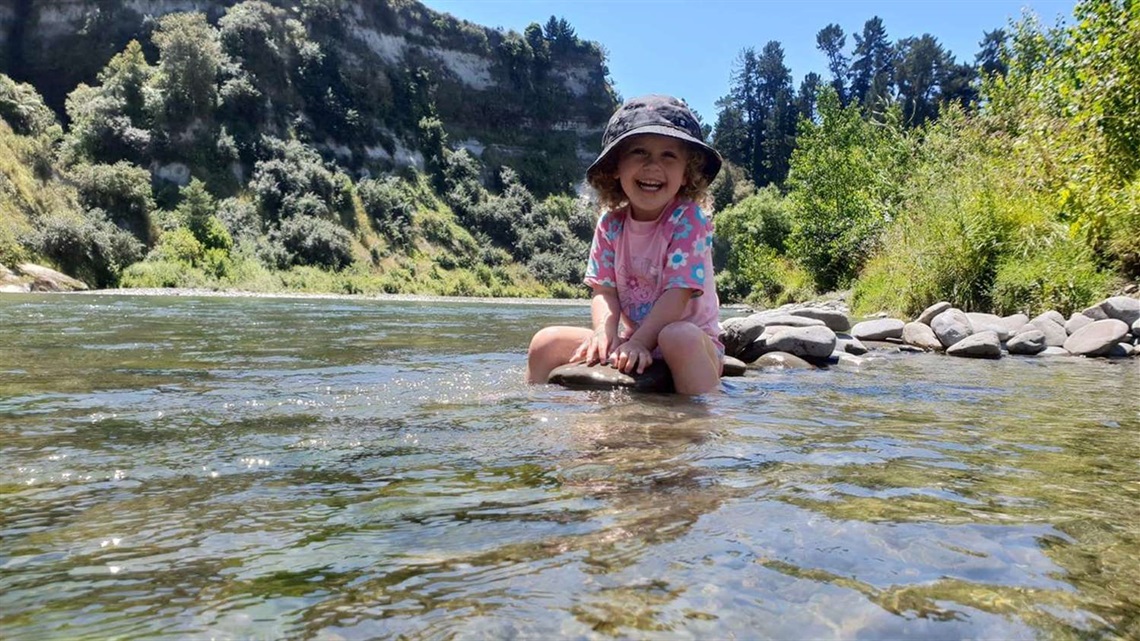Swim spot monitoring
Published on 23 December 2021

Horizons Regional Council’s summer swim spot monitoring programme is underway to help inform the public about potential health risks and highlight over 80 recreational sites in the Manawatū-Whanganui region.
Check water quality before you or your pet take a dip
The annual monitoring programme runs from November to the end of April and tests bacteria levels for freshwater rivers, and coastal beaches and lakes.
Horizons natural resources and partnerships group manager Dr Jon Roygard says alongside New Zealand's 15 other regional and unitary councils, Horizons collects, analyses and reports on swim spot monitoring over summer through the Can I Swim Here? module on the LAWA website to help keep the public informed on when and where they can swim over summer.
Interactive maps show each of the swim spots marked by a red, amber or green location maker to indicate that week's bacteria results.
The traffic light system used is part of the Ministry of Health and Ministry for the Environment guidelines that provide guidance to Councils and District Health Boards regarding how they should act when certain levels of indicator bacteria or algae are detected.
For our lakes and rivers, green/should be safe to swim indicates a sample is less than 260 E. coli per 100ml, amber/could be a health risk is 261-550 E. coli per 100ml and red/avoid swimming is greater than 550 E. coli per 100ml. If a site falls into the red category, information is provided to the public that the site is considered unsuitable for recreational use.
Gravel bed river sites and lakes are also tested for cyanobacteria, which is an algae that can be potentially toxic. Horizons will be keeping an eye on this during summer and also reporting these results on the websites.
Horizons urges people and their animals to stay out of the water if you're at a river and see black, slimy mat-like growth on the stones that may also be musty smelling. In lakes, potentially toxic algae are visible as bright green 'blooms' with surface scum often found at the lake edge.
As well as water quality, LAWA's website includes local weather, tides, surf, water temperature, flow-rate, whether a site is patrolled by lifeguards, and information on each site's facilities, such as camping and toilets, and factsheets on monitoring, bacteria, algae and faecal indicators.
"We do want to remind people that water quality is just one factor in a number of potential health risks. We ask the public to be aware of hazards such as unstable banks and cliffs, submerged logs, and tsunami warnings and rips at beaches.
"Another thing to remember is that as sampling is weekly, the results may not always reflect the water quality for the whole week, especially if it has rained. A general rule is if the water looks clear or it's three days after rainfall, you should be good to go."
Photo taken at Vinegar Hill by Tui Bolger.